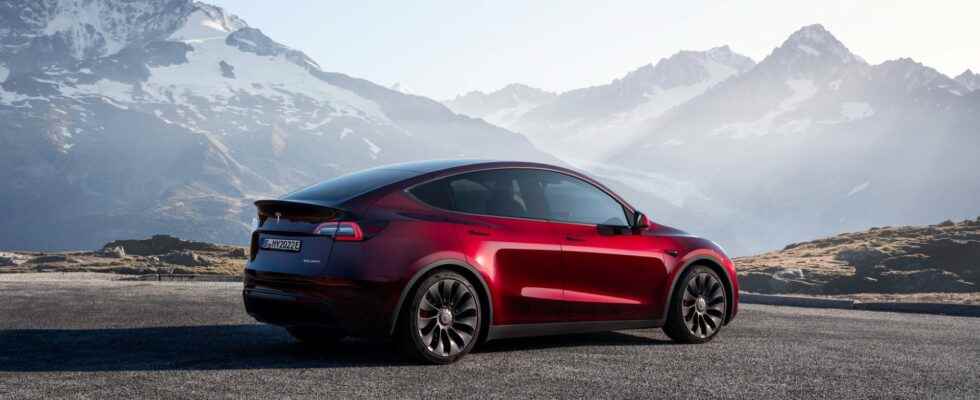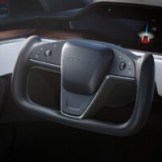A subject has been on the web for a few weeks. Since the summer of 2022, the Tesla Model Y Performance have been delivered with new rear brakes, unlike the Model 3 which has not experienced this change. The problem is that these don’t seem to perform better. Some are even convinced of the contrary. We take stock of the situation.
One of Tesla’s arguments in favor of the Performance versions of its Model 3 and Model Y is the presence of more powerful brakes, called “Performance Brakes” on the online configurator. The American company does not give more details, but we know a little more thanks to the work of the forum Tesla Motors Club.
Tesla Model 3 Performance: it’s simple
On the Tesla Model 3, the situation is simple. On the Performance version that we were able to try, the front calipers (fixed with four pistons) are painted red. On the other versions, they are grey. In both cases, these are Brembo branded calipers. The discs are however larger on the Performance version than on the other versions (355 against 320 mm) even if their thickness is identical. They are also in two parts on the Performance version.
The brake pads are also slightly different as can be seen in the Tesla manual. They have the same dimensions, but the Performance versions have a different maintenance limit in terms of thickness, which allows us to conclude that they are not the same as on the Long Range and Propulsion versions.
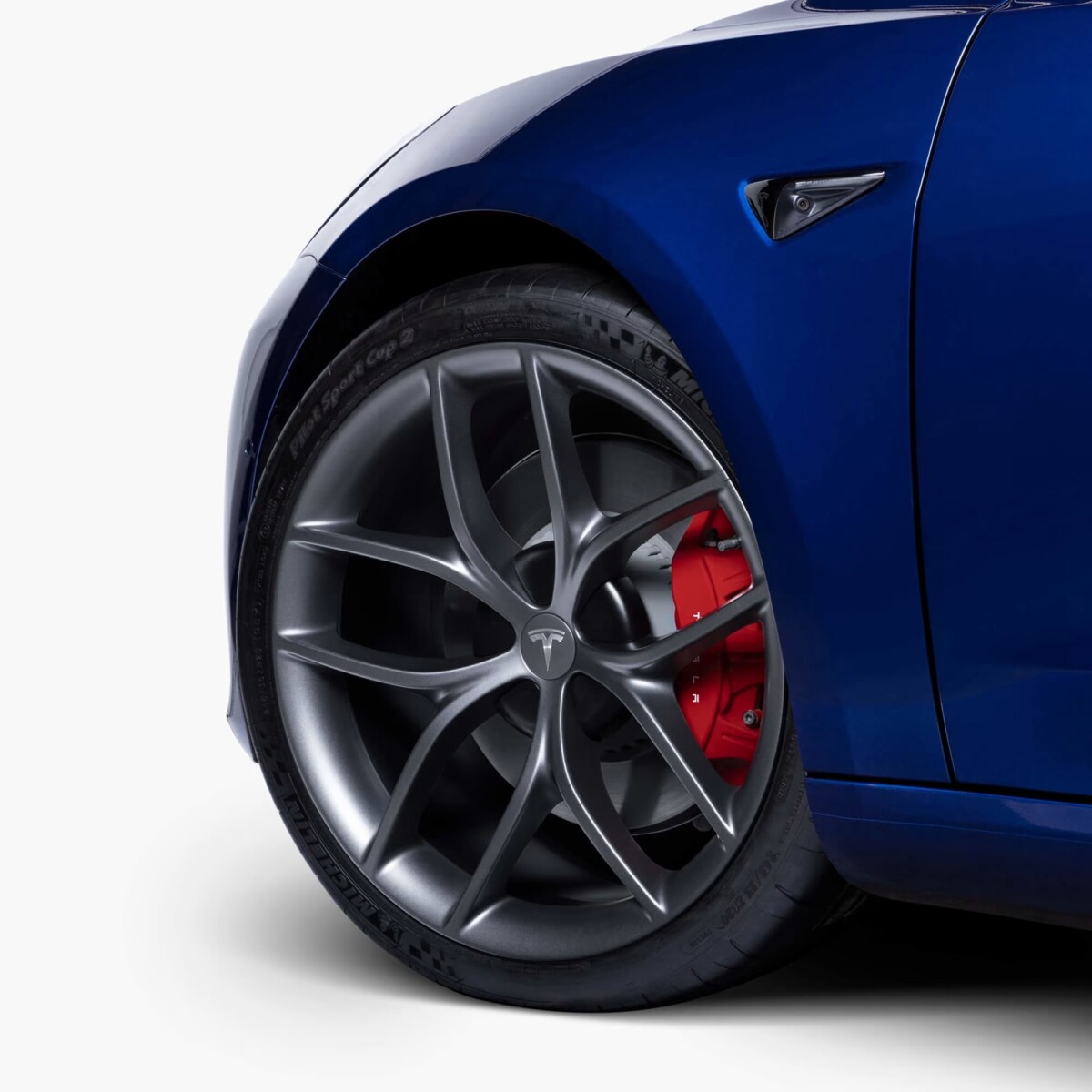
At the rear, braking is provided by a Mando brand caliper painted gray for the less powerful versions, against Brembo calipers painted red for the Performance version. They are both single-piston floating, but of different design, as the Brembo is lighter and the disc is in two parts. The latter have the same diameter on the three versions (335 mm) and have the same thickness, but the pads are thicker on the Performance version.
As we can see, it is especially the front brakes which are modified on the Performance version, to ensure better bite. And that’s normal, since it’s the front calipers that work the most during hard braking. Remember that to go further, Tesla offers a track pack, which allows in particular to change the brake pads to switch to “high performance” models.
Tesla Model Y: an aluminum misery cache?
Now let’s move on to the Tesla Model Y, which has been the focus of all the attention in recent weeks. In question: a change made in the summer of 2022 in the braking system of the Tesla Model Y Performance as reported by Drive Tesla Canada at the time. The electric car from the firm of Elon Musk has indeed abandoned the red Brembo rear calipers for Mando. The mark found in the non-Performance versions of the Model 3! But this change seems more cosmetic than technical.
This is because it is still a single piston floating caliper and the disc size has not changed, at 335mm. But, in fact, it is in fact the caliper of the Propulsion and Grande Autonomie versions on which Tesla has affixed a red aluminum cover. Will this impact stopping power and bite? Hard to say, but we have some doubts about it.
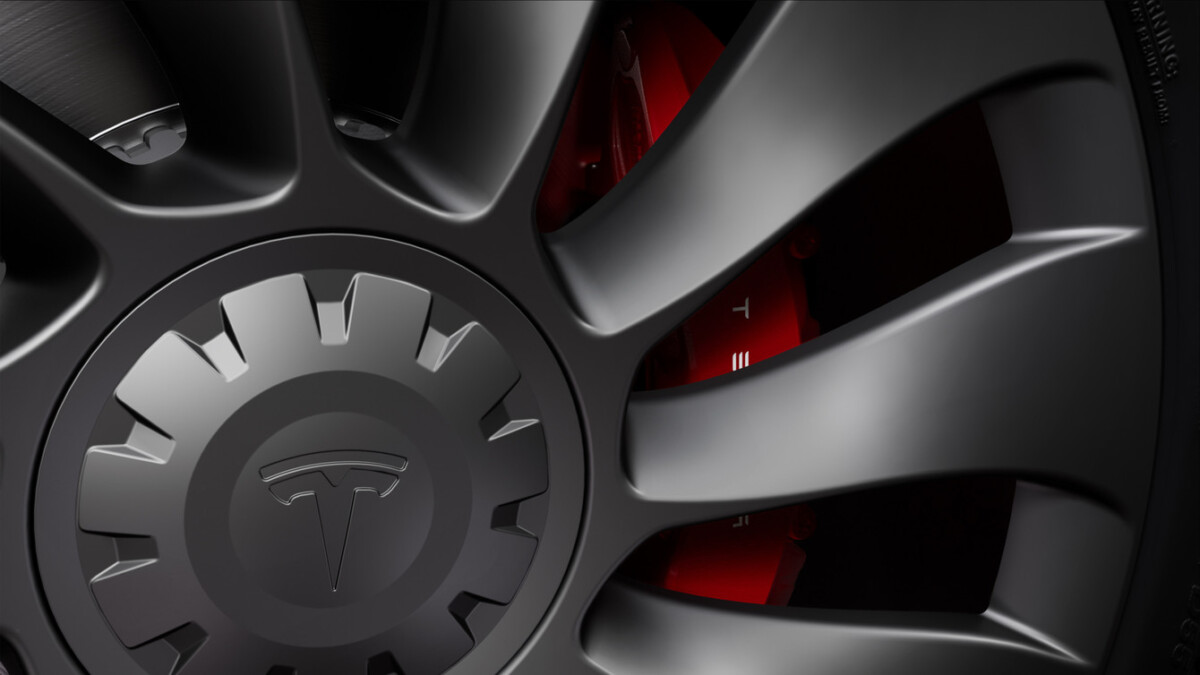
As can be seen from the Tesla Model Y manual, the Performance version is distinguished by the thickness of its padsfront and rear, as well as the thickness of its discs front and rear. While on the Tesla Model 3, the thickness of the discs is identical on all versions.
Finally, last little peculiarities of the Tesla Model Y: on the Propulsion and Long Range versions, the front calipers are similar to the Performance version, but painted in gray and not in red. Likewise, the diameter of the discs is identical on all versions. Which means that the braking of non-Performance Model Ys is quite close to the boosted version.
Does the new Tesla Model Y really brake less well?
But in reality, what does it really change? It’s hard to say without a comparative test of two Tesla Model Y Performance, one equipped with the old rear caliper, and the second equipped with the new caliper. But it’s a safe bet that if there is a difference, it will be minor or even imperceptible.
As we have just seen, the improved braking of the Performance version is not only based on different calipers, but also on reinforced discs and pads. And Tesla did not make any changes to this whole part.
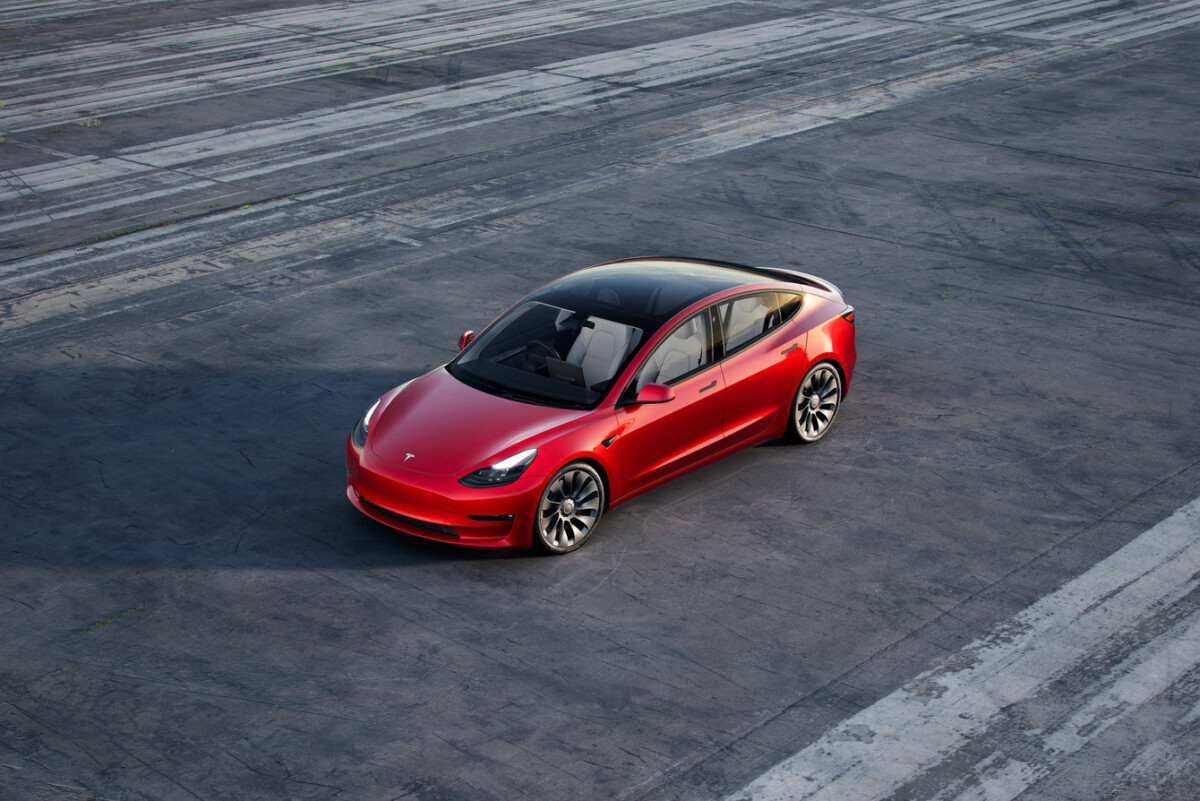
Note also that Tesla does not see the Model Y as a truly sporty car: it had to wait many years before receiving the Track mode (a software function), and the American brand does not currently offer the famous track pack (a material evolution), reserved for the Model 3.
However, we would like to understand the reasons that led Tesla to make changes, on the sly. We suspect that cost reduction must have something to do with it. But why not do the same on the Tesla Model 3 Performance?
To follow us, we invite you to download our Android and iOS application. You can read our articles, files, and watch our latest YouTube videos.
